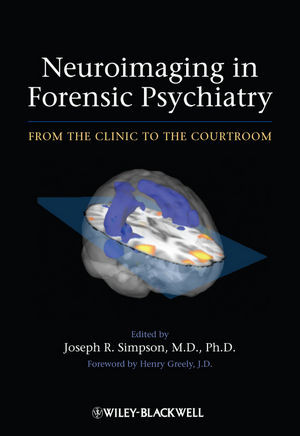

Most ebook files are in PDF format, so you can easily read them using various software such as Foxit Reader or directly on the Google Chrome browser.
Some ebook files are released by publishers in other formats such as .awz, .mobi, .epub, .fb2, etc. You may need to install specific software to read these formats on mobile/PC, such as Calibre.
Please read the tutorial at this link: https://ebookbell.com/faq
We offer FREE conversion to the popular formats you request; however, this may take some time. Therefore, right after payment, please email us, and we will try to provide the service as quickly as possible.
For some exceptional file formats or broken links (if any), please refrain from opening any disputes. Instead, email us first, and we will try to assist within a maximum of 6 hours.
EbookBell Team

4.4
52 reviewsThis will be the first book dedicated to this important topic. Designed as a reference for forensic psychiatrists, it starts with a brief overview of the psychiatric applications of the primary neuroimaging techniques currently in most widespread use, positron emission tomography (PET), single-photon emission computed tomography (SPECT), and magnetic resonance imaging (MRI). Subsequent chapters explore the current and potential uses of neuroimaging in civil and criminal forensic contexts. Diagnostic categories addressed include traumatic brain injury, dementia, psychopathy, paraphilias, psychoses and mood disorders. Legal concepts such as admissibility, relevance, and standards of proof are reviewed as they relate to the possible uses of neuroimaging findings in legal proceedings; prior precedents and court decisions are also reviewed. Novel potential applications of neuroimaging, including detection of deception and identification of memory or recognition, are addressed in dedicated chapters.
There is a growing body of writing on the ethical implications of neuroimaging in the legal context, but this has largely been in bioethics journals that have limited readership among members of the mental health profession. Ethical questions generated by the rapidly evolving field of forensic neuroimaging are explored in detail in a dedicated chapter.
This book will be of great use to practicing forensic psychiatrists, forensic psychologists and forensic neurologists as they are increasingly likely to find themselves being asked to give professional opinions regarding the impact of neuroimaging findings on medicolegal questions such as competence, criminal responsibility, personal injury and disability. The book will be an invaluable resource for forensic practitioners seeking to understand and navigate this new area.
Content: